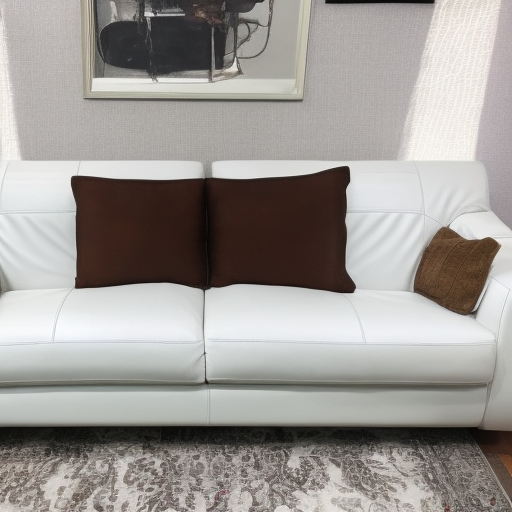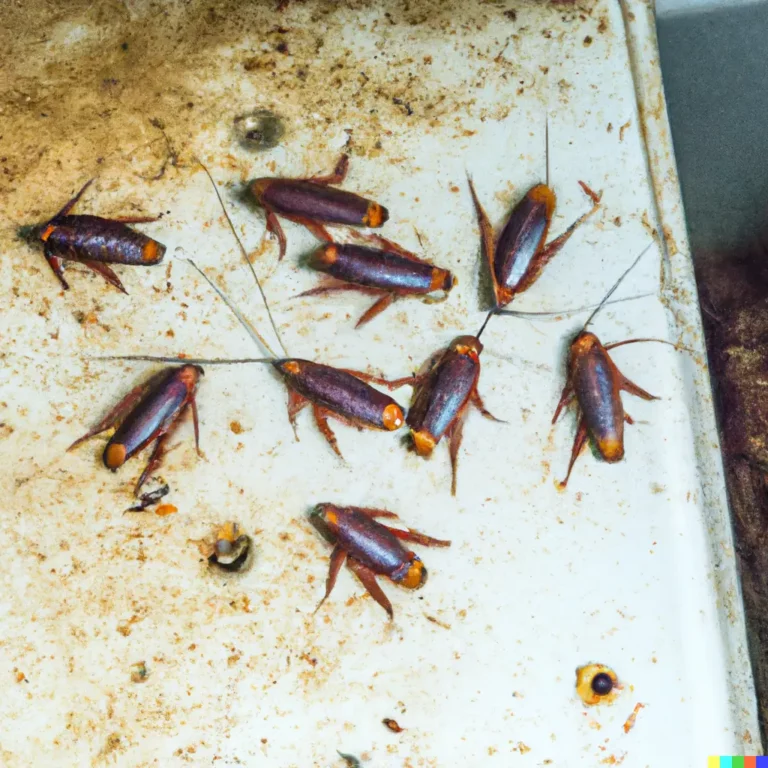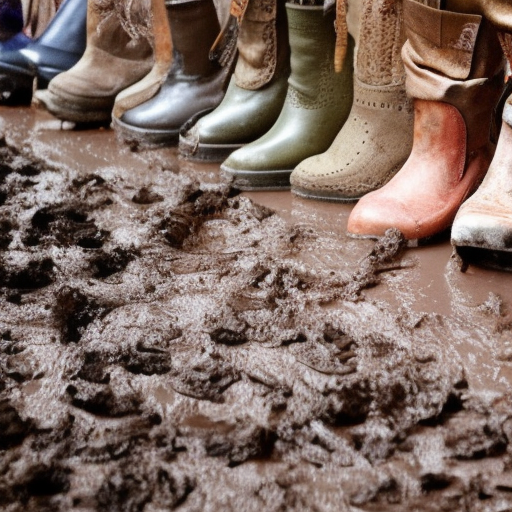How to stop condensation on air ducts
You wake up in the morning and head to the kitchen to start your day. As you reach for a cup of coffee, you notice something strange on the ceiling above your air ducts. It’s damp and there are small droplets of water collecting on the surface. You’ve never noticed this before, but you know one thing for sure – it’s not supposed to be there.
If you’re dealing with condensation on your air ducts, you’re not alone. It’s a common problem that can be frustrating and even damaging if left unchecked. But don’t worry, there are steps you can take to stop condensation on your air ducts. In this blog post, we’ll dive into the causes of condensation and provide some practical solutions so you can know how to stop condensation on air ducts.
What Causes Condensation on Air Ducts?
Condensation on air ducts is caused by excess moisture in the air. When warm, humid air comes into contact with a cold surface, such as an air duct, it can cause the water vapor to condense and form droplets. This is the same principle that causes condensation on a cold glass of water on a hot summer day.
There are several factors that can contribute to excess moisture in the air, including high humidity levels, leaks in the ductwork, and poor ventilation.
How to Stop Condensation on Air Ducts
Now that we’ve discussed the causes of condensation on air ducts, let’s talk about how to stop it. Here are some practical solutions for eliminating condensation on your air ducts:
- Use a dehumidifier
One of the most effective ways to stop condensation on air ducts is by using a dehumidifier. A dehumidifier works by removing excess moisture from the air, which can help to prevent condensation on your air ducts. If you live in a particularly humid climate, you may want to consider investing in a dehumidifier to keep your air ducts dry.
- Fix any leaks in the ductwork
If you have leaks in your ductwork, it can allow moist air to come into contact with your air ducts, causing condensation. To fix this issue, you’ll need to locate and seal any leaks in your ductwork. This can be done by a professional HVAC technician, or you can try sealing the leaks yourself using duct tape or mastic sealant.
- Improve ventilation
Improving ventilation can help to reduce the amount of excess moisture in the air, which can in turn help to prevent condensation on your air ducts. Some ways to improve ventilation include opening windows, using exhaust fans, and installing a whole-house ventilation system.
- Insulate your air ducts
Insulating your air ducts can help to prevent condensation by keeping the air inside the ducts at a consistent temperature. This can be especially helpful in attics or crawl spaces where the air ducts are exposed to extreme temperature changes.
How to Prevent Condensation on Air Ducts in the Future
Now that you know how to stop condensation on your air ducts, it’s important to take steps to prevent it from happening again in the future. Here are some tips for preventing condensation on your air ducts:
- Keep your HVAC system well-maintained
Regular maintenance of your HVAC system is important for preventing condensation on your air ducts. This includes replacing your air filter regularly, cleaning your air ducts, and having your system checked by a professional HVAC technician.
2. Control humidity levels in your home
In addition to using a dehumidifier, there are other ways you can control humidity levels in your home. For example, you can use exhaust fans in bathrooms and kitchens to help remove excess moisture from the air. You can also reduce the amount of moisture in the air by using a clothes dryer instead of hanging clothes to dry inside your home.
- Seal any air leaks in your home
Air leaks around windows and doors can allow moist air from outside to enter your home, increasing the humidity levels and potentially causing condensation on your air ducts. Sealing these air leaks can help to keep the humidity levels in your home under control.
- Use a humidifier in dry climates
If you live in a dry climate, using a humidifier can help to add moisture to the air, preventing your air ducts from becoming too dry and cracking. Just be sure to use the humidifier in moderation and monitor the humidity levels in your home to avoid excess moisture and potential condensation on your air ducts.
Conclusion:
Condensation on air ducts can be a frustrating and potentially damaging problem, but with the right precautions and solutions, it’s possible to stop it. By using a dehumidifier, sealing any leaks in the ductwork, improving ventilation, insulating your air ducts, and maintaining your HVAC system, you can keep your air ducts dry and functioning properly. Remember to also control humidity levels in your home, seal any air leaks, and use a humidifier in dry climates to prevent condensation on your air ducts in the future.






